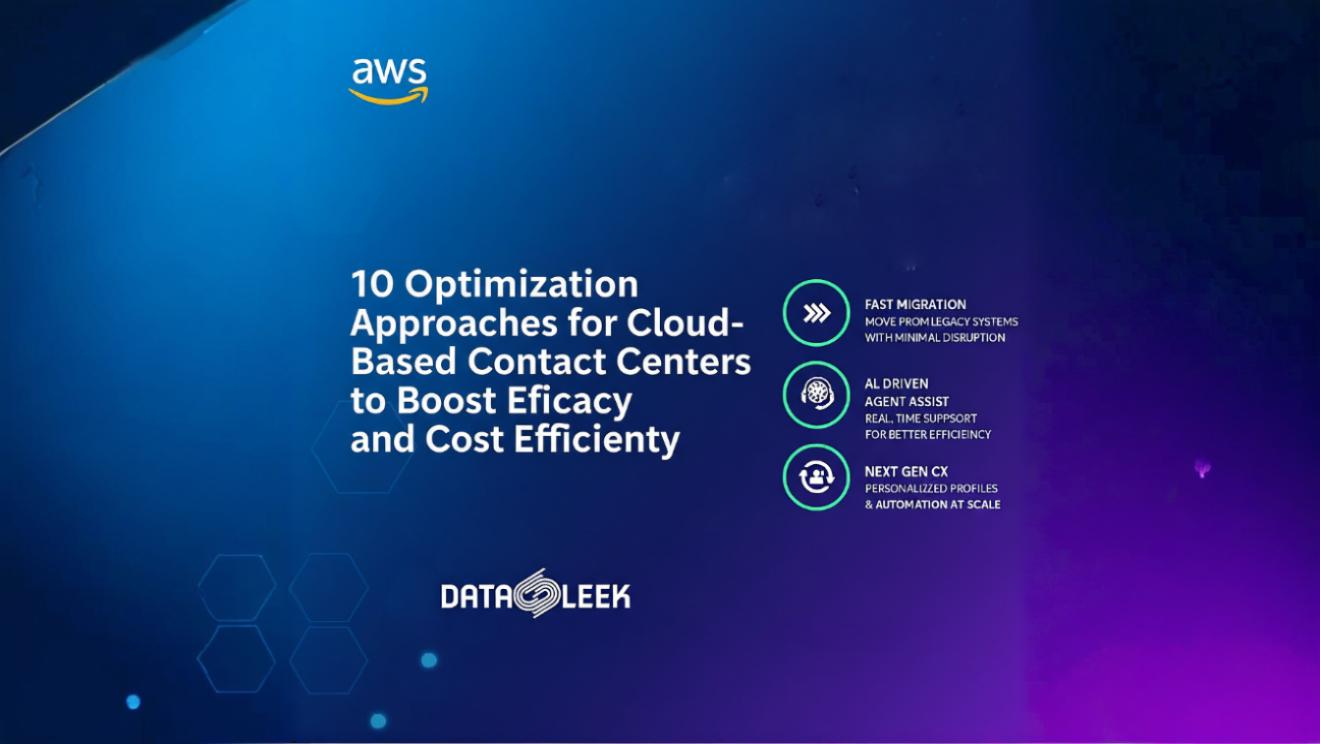Migrating to a cloud-based contact center is more than a technical upgrade—it’s a strategic leap into the future.
With promises of unparalleled flexibility, scalability, and elevated customer experiences, the cloud is rapidly becoming the cornerstone of modern business operations. However, the path to unlocking these benefits isn’t without its hurdles. From data security concerns to employee adaptation, navigating these challenges is critical for a seamless transition.
Let’s explore the key obstacles and how to transform them into stepping stones for success.
- Safeguarding Data Security and Compliance
Your customers trust you with their data, and during a migration, protecting this trust is non-negotiable. Shifting from on-premise systems to the cloud introduces risks that require robust mitigation strategies. Ensuring compliance with regulations like GDPR or HIPAA isn’t just a checkbox—it’s your brand’s reputation at stake.
Pro tip: Partner with a cloud provider that prioritizes security, offering features like encryption and multi-factor authentication. A proactive approach to security helps avoid breaches and strengthens customer trust.

- Achieving Seamless Integration
Your existing systems, such as CRM tools or customer databases, need to work in harmony with your new cloud infrastructure. Without proper integration, you risk creating data silos and inefficient workflows, which can frustrate your team and customers alike.
The solution? Conduct comprehensive compatibility testing before migration. Align with IT experts who can identify potential roadblocks early and ensure your systems communicate effortlessly.
- Maintaining Uninterrupted Service
Customers expect 24/7 support, and any downtime during migration could impact their experience—and your reputation. Poorly planned transitions often lead to service disruptions, resulting in lost trust and revenue.
The fix: Adopt a phased migration approach. Implement backup systems and test thoroughly to ensure your team is ready for the shift. With meticulous planning, you’ll keep your operations running like clockwork.
- Managing Change and Empowering Your Team
Switching to a cloud-based contact center often introduces new tools and processes. Without the proper training, your staff may feel overwhelmed, which can lead to decreased productivity and customer satisfaction.

How to overcome this: Develop engaging, hands-on training programs tailored to your team’s needs. Encourage open dialogue about the changes and provide ongoing support to foster confidence and enthusiasm for the new system.
- Understanding Migration Complexity
Underestimating the technical intricacies of cloud migration can lead to costly missteps. Coordinating technology, workflows, and personnel requires experience and precision.
Pro tip: Bring in the experts. Whether through consultants or partnerships with your cloud provider, having a knowledgeable ally will help you anticipate challenges, avoid delays, and streamline the process.
Conclusion: Turning Challenges into Opportunities
Yes, migrating to a cloud-based contact center comes with its fair share of challenges—but every obstacle is an opportunity to strengthen your operations. By proactively addressing these hurdles, you’ll not only ensure a smoother transition but also position your organization to deliver exceptional customer service in a digital-first world.
Remember, this journey isn’t just about technology; it’s about embracing innovation to better serve your customers and stay ahead in a competitive landscape. So, are you ready to make the leap?




